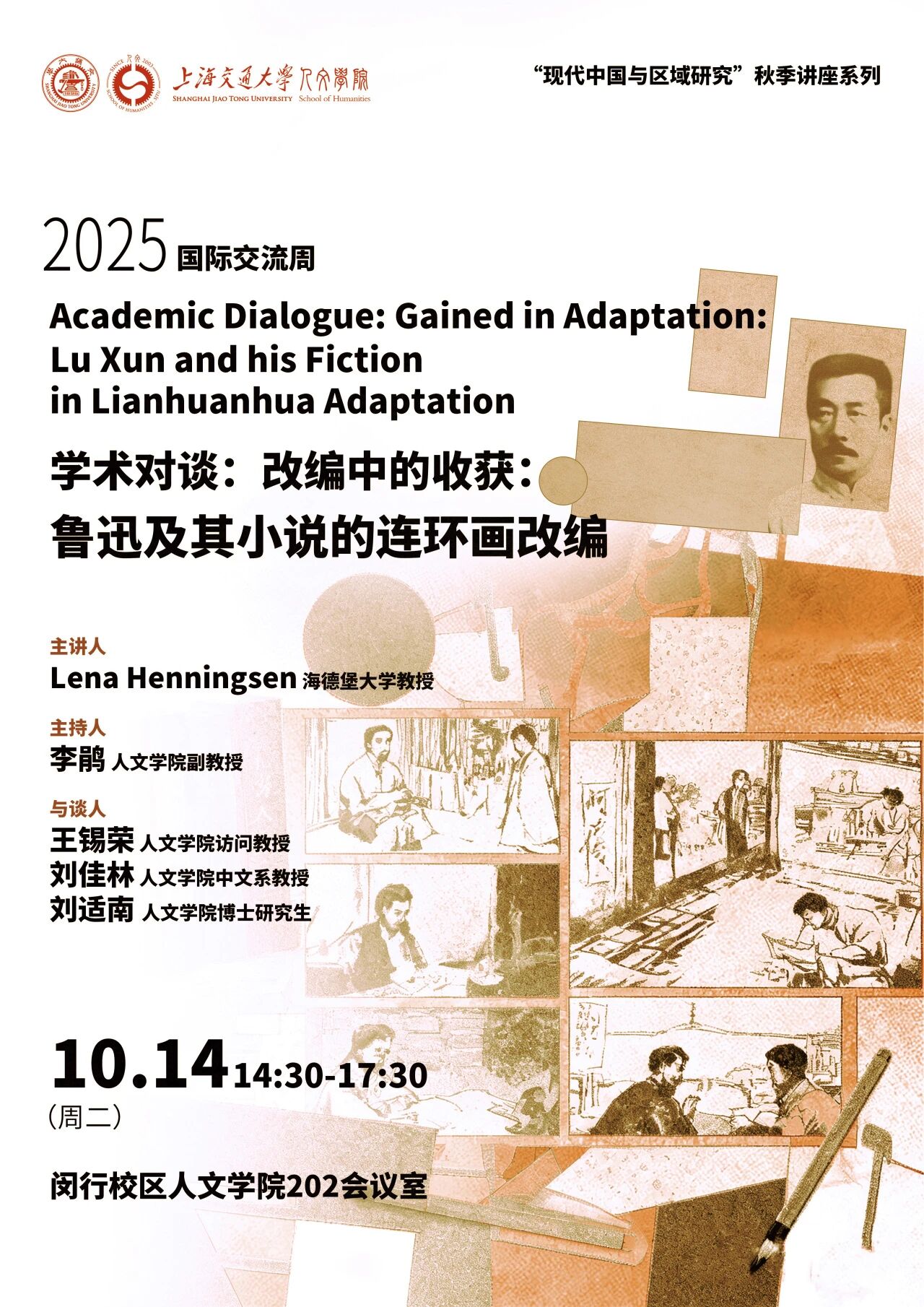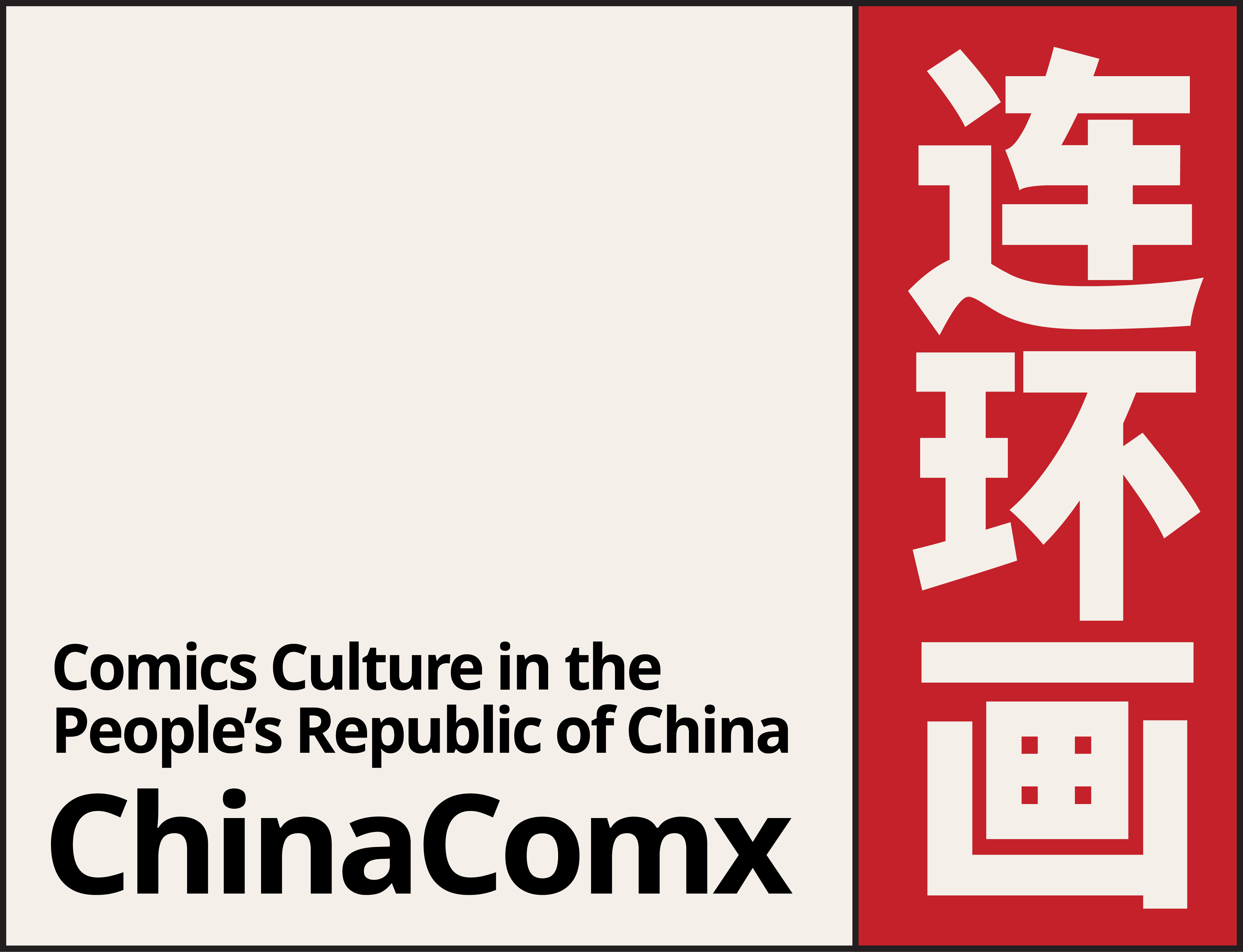Lena Henningsen and Jiu Song to Present on Lianhuanhua at Shanghai Jiao Tong University on 10 and 14 October
05 October 2025

The 2025 International Week and International Cultural Festival of the School of Humanities, Shanghai Jiao Tong University (SJTU) will be held from 10-16 October 2025. ChinaComx PI Lena Henningsen and Phd Candidate Jiu Song are invited to present their recent research on lianhuanhua at this event.
Jiu Song will present from 17:20 to 17:55 on 10 October, the first day of CATS-SJTU International Graduate Student Conference 2025. She is the last presenter of the Second Group with the topic Worldmaking through Revolutions and the International. Building on her ongoing PhD project, her presentation is titled Visual Narratives and Revolutionary Memory: Reader Reception and Worldmaking in Chinese Lianhuanhua (1950s-1980s). The talk examines how revolutionary-themed lianhuanhua (palm-sized picture-story books) translated recent history into compelling visual narratives and helped organize cultural memory. Drawing on archival materials, reader feedback, and a close look at the planned—but ultimately unpublished—adaptation of Seaman Zhu Baoting, Song shows how editorial guidance shaped the visual grammar of heroism, struggle, and moral resolution. A brief comparative glimpse at the iconic series Railroad Guerrillas highlights fieldwork-driven craft, iterative refinement, and wide readership. Throughout, the talk leverages worldmaking and cultural-memory frameworks to argue that lianhuanhua functioned as accessible, resonant media that connected historical experience with everyday ethical practice—past and present.
Lena Henningsen will participate in the academic dialogue from 14:30 to 17:30 on 14 October, and her talk is titled Gained in Adaptation: Lu Xun and his Fiction in Lianhuanhua Adaptation. She will demonstrate that adaptation and transmedial processes are constitutive for Chinese lianhuanhua. After all, the rise of lianhuanhua in the early 20th century was intricately linked to the business of producing comic adaptations of the latest movies; later, adaptations of film, of fiction and other texts including diaries continued into the lianhuanhua field of the Mao era. Moreover, lianhuanhua artists consciously employed, or quoted, topoi and tropes from other fields of culture, including caricature, propaganda posters and the visual arts more general ranging from traditional painting styles to modernist woodcut.
In this presentation, she will therefore trace the purposes, styles and effects of adaptation across lianhuanhua production of the 20th century focusing on lianhuanhua that adapt the fiction or the biography of Lu Xun. While lianhuanhua that are adapted from literary texts may seem to have flattened or oversimplified the original text, very often, the visuals add new ambivalence into the story, thus updating the original work into the present context. Acknowledging the importance of adaptation for the lianhuanhua genre thus not only points to a core characteristic of this form of art, but also to the wider processes of adaptation in (popular) cultural production in China.



